Why Russians SLEPT on their stoves
RBTH
15 Jan 2022, 00:24 GMT+10
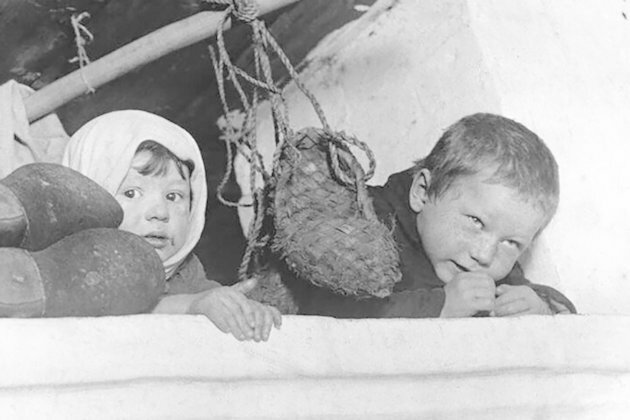
Believe it or not, the most prestigious place to sleep in a traditional peasant household was not a bed, but was situated on the stove under the ceiling.
It's difficult to imagine anything more sacred to a Russian peasant's household than their stove. Massive, sometimes the size of half the house, the stove - or petch - was akin to a house within a house. They used it for making food, for heating the house, storing dishes, drying clothes and even to give birth on (and die on) - and, in certain regions, it even functioned as a bath. Last, but not least, it would also be used for sleeping on.
The stove was the most coveted sleeping area in the house. Not everyone in the family had access.
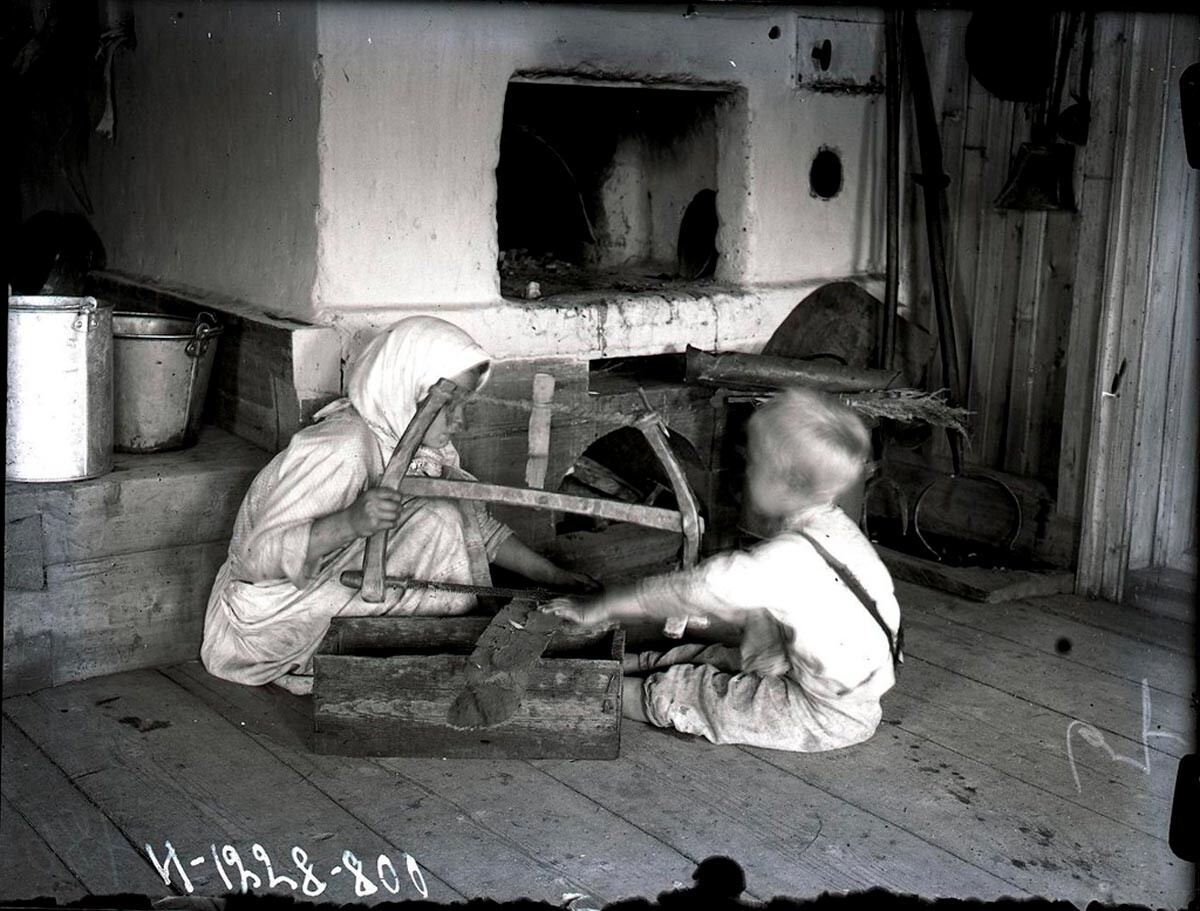
Where exactly do you sleep on a "petch"?
The stove wasn't always used for sleeping on. At first, in the 8th-13th centuries, the device was heated "black", meaning there was no chimney, with the smoke exiting only through the door or the small windows underneath the ceiling. But, by the 15th-16th centuries, with the appearance of fire-resistant bricks, stoves got their first pipes, leading to new functionality.
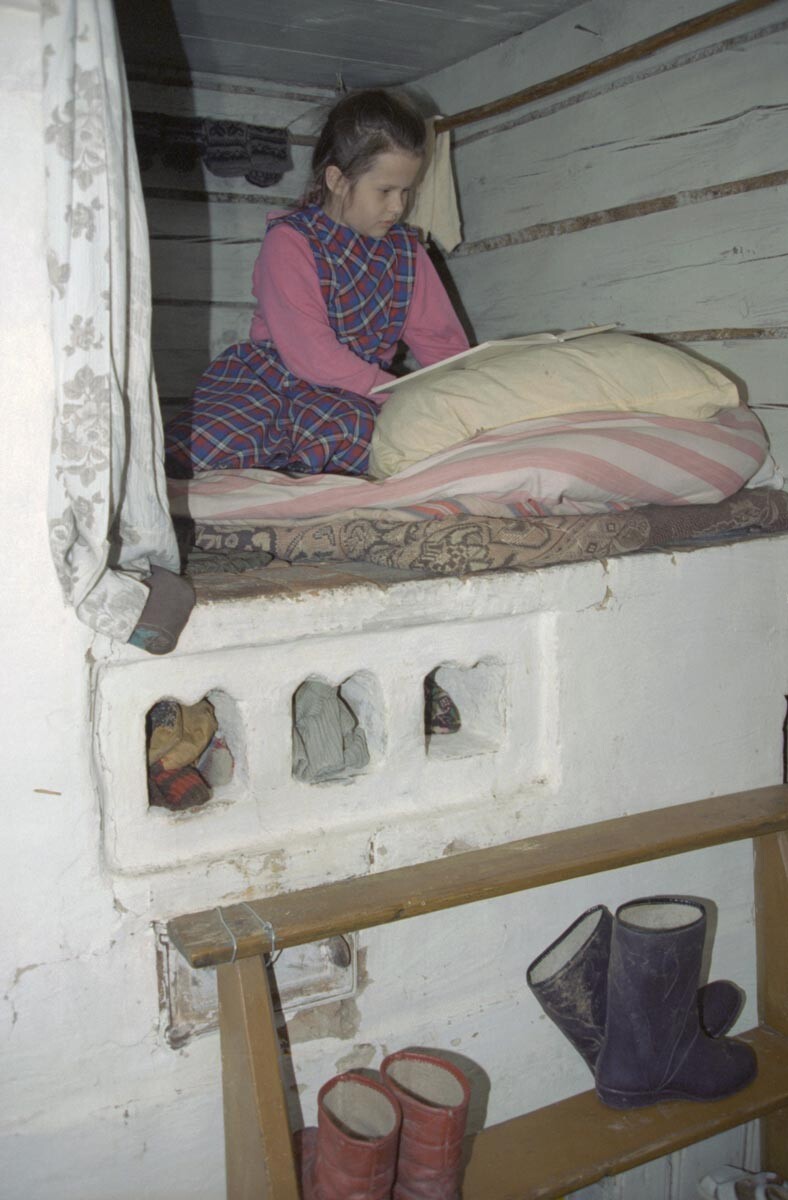
Russia, Nizhny Novgorod Region, 1996.
Moshkov Nikolay/TASS
The entire construction of the stove served one common aim - to make the most effective use of the heat. Therefore, the long cold winters that Russia is so famous for, could only be survived thanks to the stove's design: even during the most bitter winter frost, it could maintain a warm temperature in the house on a single fire throughout the day. Its walls were 25-40 centimeters thick, which ensured effective and equal heat accumulation and spread. Even if a fire was started during the day, the stove would stay warm until evening.
The place for laying on was called the perekryshka. It was the top layer of brick, just under the ceiling, which stored all the heat from within. That space would be fashioned with all manner of cloth and blankets to make a sleeping spot. A person would also be able to sit atop it, with just enough headroom. In winter, with regular fire maintenance, the temperature would stay at a comfortable 25-27 C.
Who was allowed to sleep on the "perekryshka"?
Laying atop the perekryshka - the warmest and comfiest of places - was a privilege, not a right. First of all, you couldn't really fit a whole family there: a typical family had many children. The size of the biggest perekryshka on record could maybe fit five-six people. But, for the most part, one could only fit two people at a time.
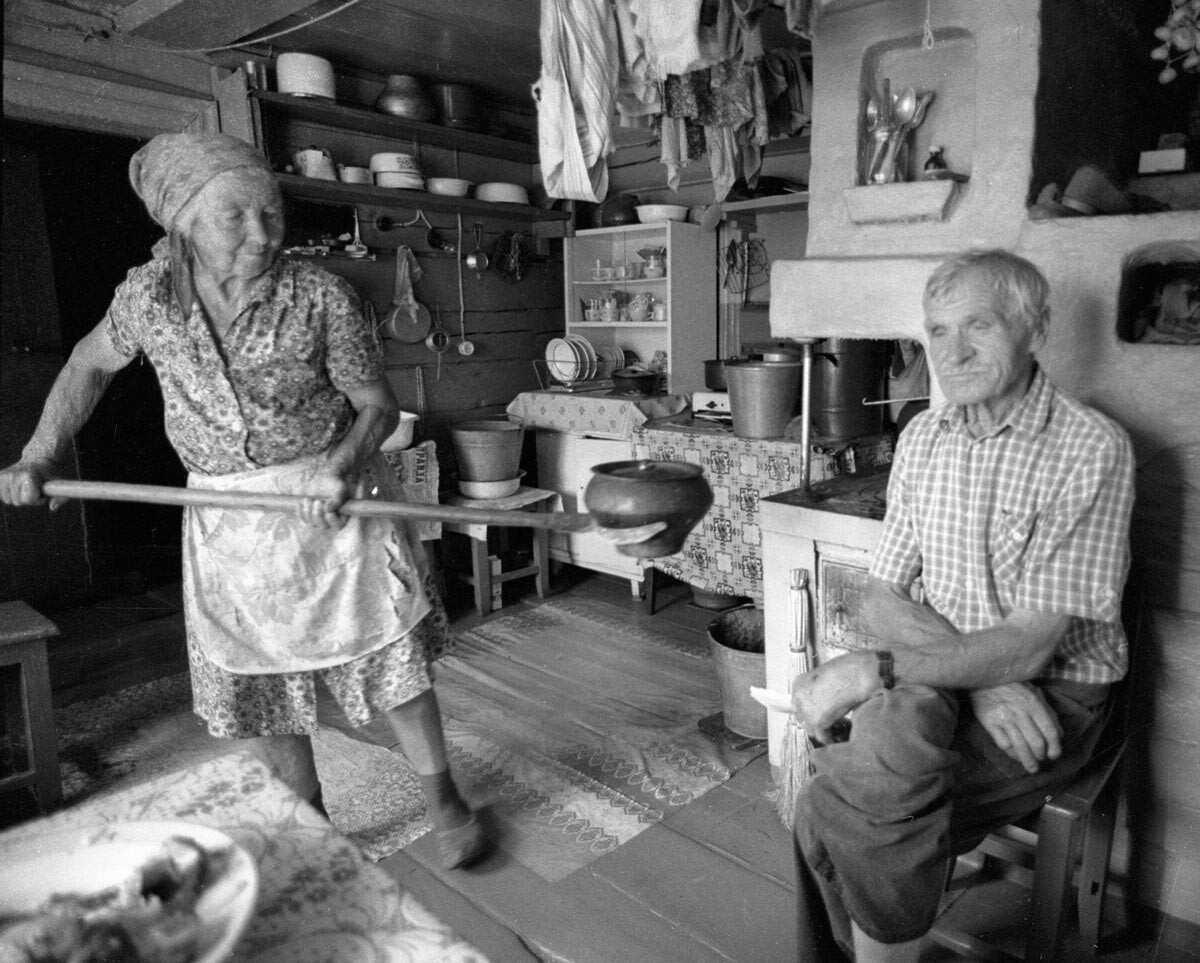
Perventsev/Sputnik
The place was usually intended for the most respected or senior family member - the head of the family, or an elderly person. It would also be used for taking care of the sick, as it was considered to have healing properties. Premature infants would also be taken care of there.
All other family members could only use the top area at others' discretion, while themselves sleeping on the so-called polati - special shelves sandwiched between the stove and the walls. Polati (which is related to the modern Russian word for "shelf" - polka/polki) were also quite warm, although not as comfortable as the coveted perekryshka.
Do modern Russians use stoves for sleeping on?
Russian stoves were an expensive luxury, and quite complicated in design. Therefore, as soon as a more compact alternative appeared, they began to be a thing of the past. This process began sometime in the mid-19th century, when the Russian household started getting more compact, brick-based Dutch ovens. You couldn't sleep on one, but they were much easier to maintain.
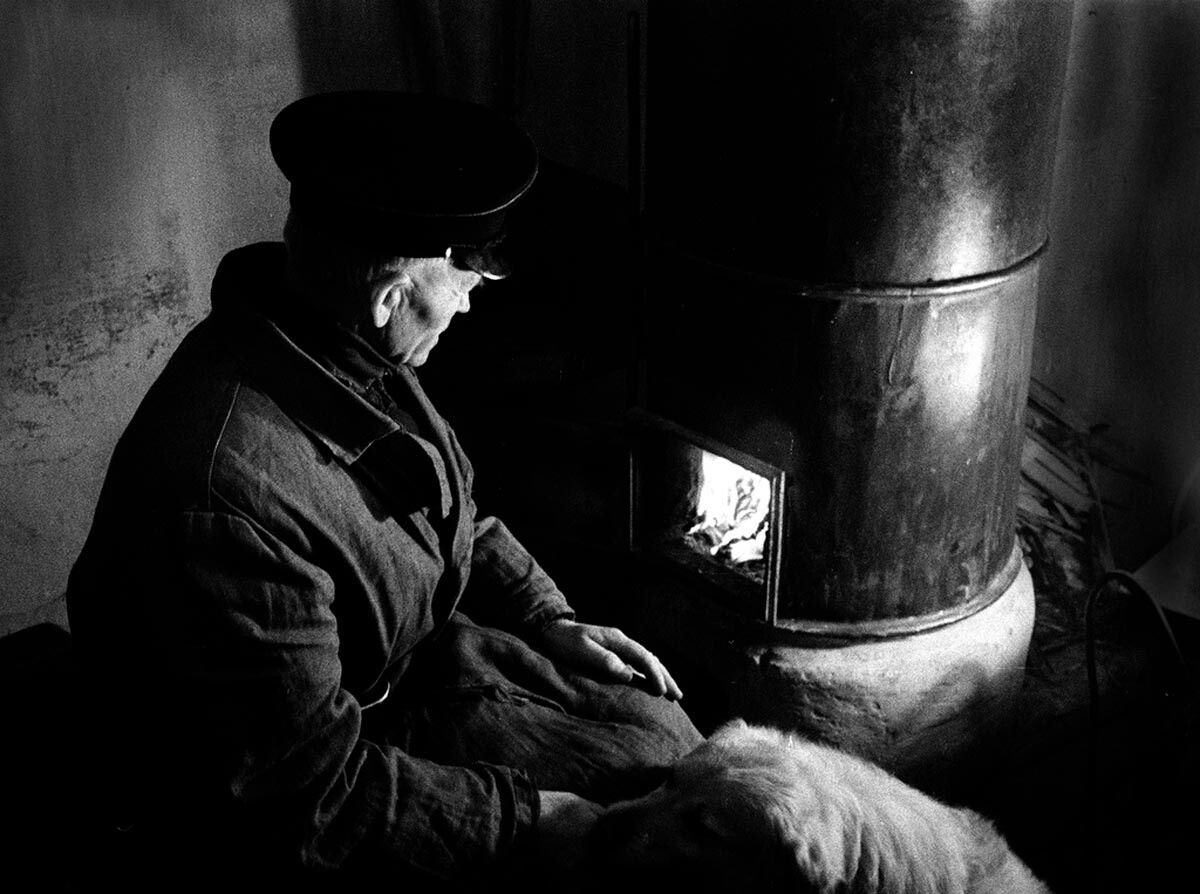
Archive of Rustam Suleymanovich Mukhametzyanov / Russia in photo
One can still catch a glimpse of the old-style Russian stove in some villages and settlements.
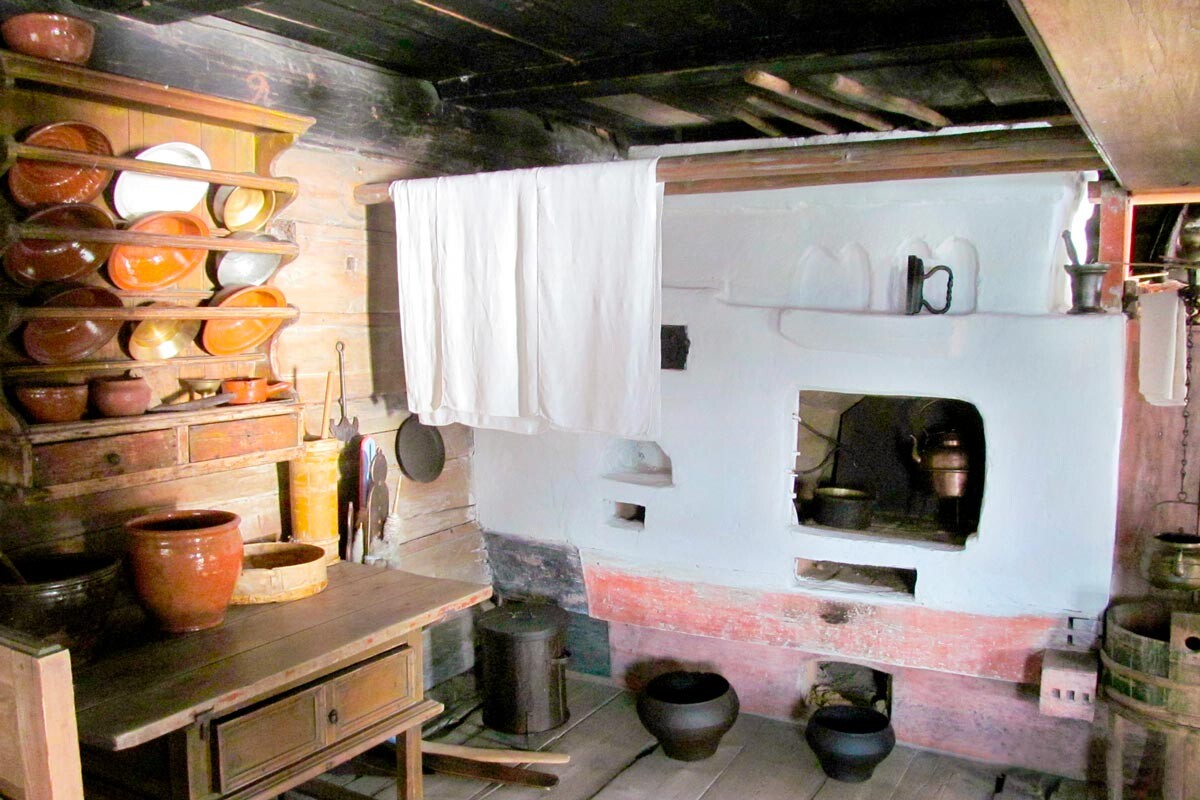
Legion Media
Meanwhile, some people - although very rarely - still go through the trouble of installing one in their homes, albeit more modern, but still stylized to look like the ones in the days of old.
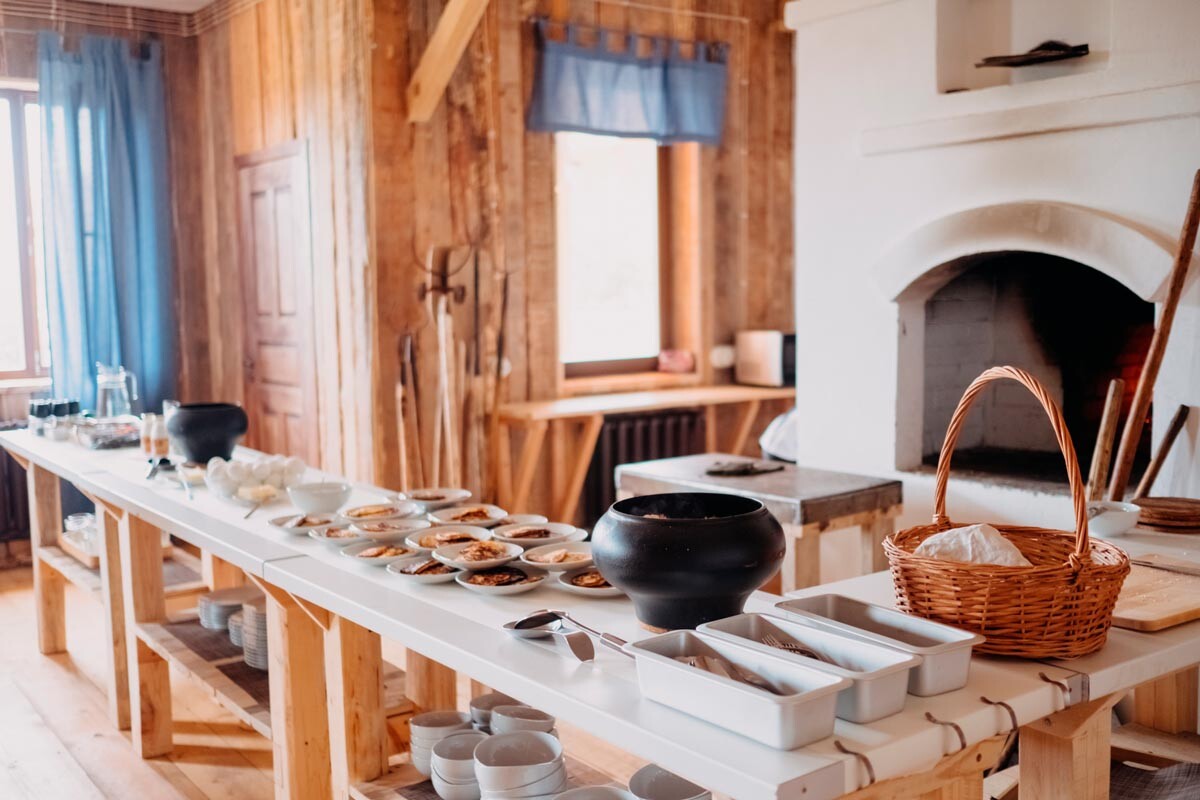
Legion Media
The average price for such a contraption, as in the past, is quite high - a small classic model will cost you 80,000-210,000 rubles (approx. $1,000-1,600), while the price of a more complex model, including a chimney and ladder, can reach upwards of 700,000 ($9,300). And owners of these do claim to still use them for sleeping, believe it or not!
Please enable JavaScript to view the comments powered by Disqus.
 Share
Share
 Tweet
Tweet
 Share
Share
 Flip
Flip
 Email
Email
Watch latest videos
Subscribe and Follow
Get a daily dose of Irish Sun news through our daily email, its complimentary and keeps you fully up to date with world and business news as well.
News RELEASES
Publish news of your business, community or sports group, personnel appointments, major event and more by submitting a news release to Irish Sun.
More InformationInternational
SectionTrump administration pushes food firms to drop artificial dyes
NEW YORK CITY, New York: The Trump administration is pressuring major food companies to remove artificial dyes from their products,...
Lawmakers debate military expansion amid European security fears
BERLIN, Germany: German Lawmakers are debating whether to loosen the country's strict borrowing rules to fund military expansion. ...
Trump to end U.S. government international news services
The Voice of America may not live up to its ambitious name for much longer. Michael Abramowitz, the director of VOA, said in a Facebook...
Dozens dead as U.S. launches large scale offensive in Yemen
WASHINGTON, DC - U.S. President Donald Trump has joined Israel's war on Yemen's Houthis, days after the group said it would resume...
SPHEREx telescope to create a three-dimensional map of the cosmos
LOMPOC, California: NASA launched a new telescope into space this week to study the origins of the universe and search for hidden water...
Texas, New Mexico report 28 new measles cases in five days
AUSTIN/SANTA FE: Texas/New Mexico have reported 28 new measles cases in the past five days, bringing the total to 256 since the outbreak...
Europe
SectionIreland’s PM: EU finally acknowledging regulatory burden
DUBLIN, Ireland: The need to reduce regulatory burdens in the European Union is finally being acknowledged, according to Ireland's...
Lawmakers debate military expansion amid European security fears
BERLIN, Germany: German Lawmakers are debating whether to loosen the country's strict borrowing rules to fund military expansion. ...
Spotify paid a record $10 billion in music royalties in 2024
STOCKHOLM, Sweden: Spotify set a new milestone in 2024, paying out US$10 billion in royalties—the highest annual payout to the music...
Trump shows strong interest in Northern Ireland, says Deputy FM
BELFAST, Northern Ireland: U.S. President Donald Trump expressed strong interest in Northern Ireland during discussions at a high-profile...
Major coastal projects in Ireland get funding for climate adaptation
DUBLIN, Ireland: Three significant projects focused on marine conservation and climate change adaptation have received over 24 million...
Volkswagen to slash 1,600 jobs at Cariad by year-end
BERLIN, Germany: Volkswagen is set to cut 1,600 jobs at its Cariad software division by the end of the year, affecting nearly 30 percent...












